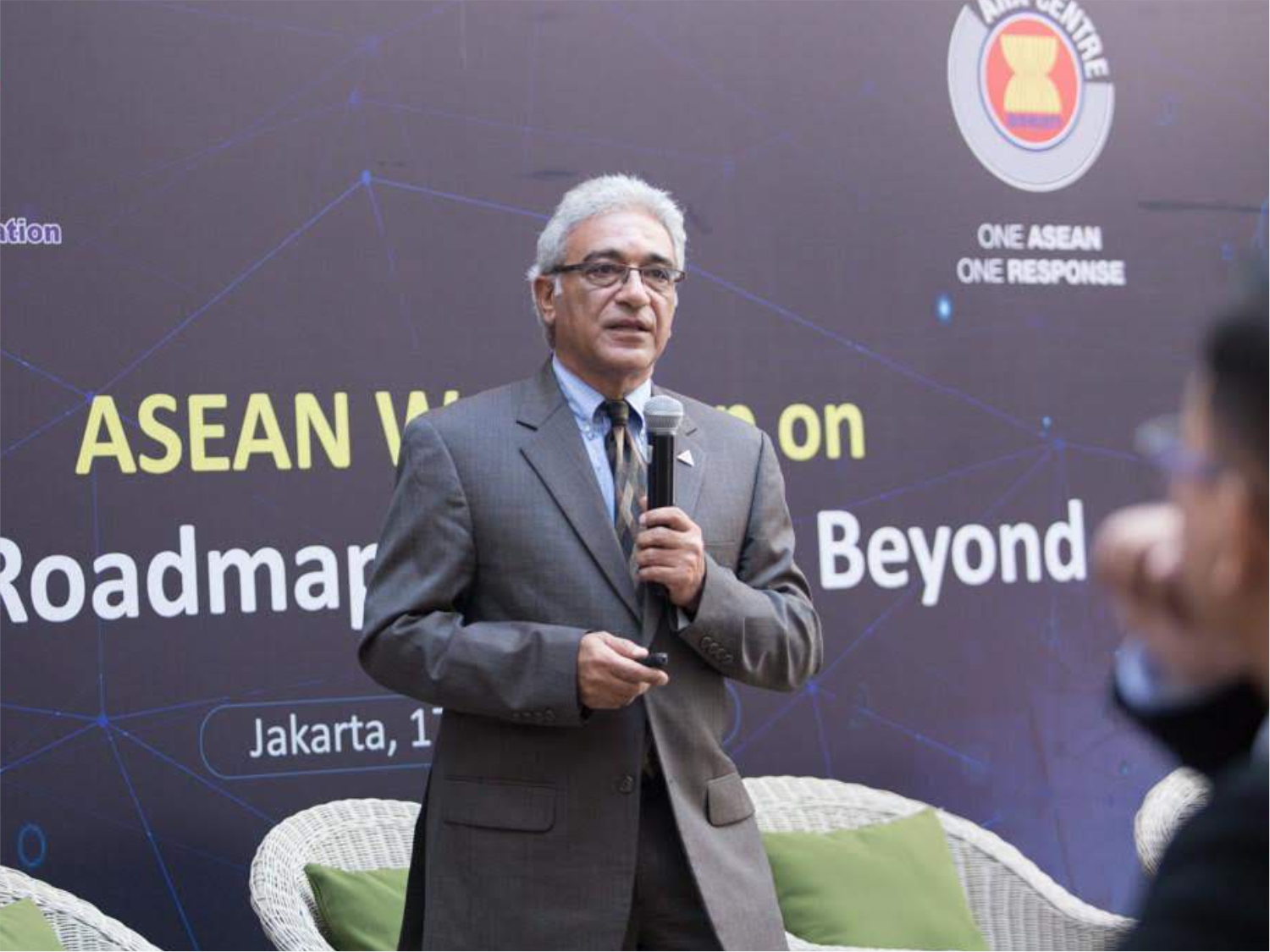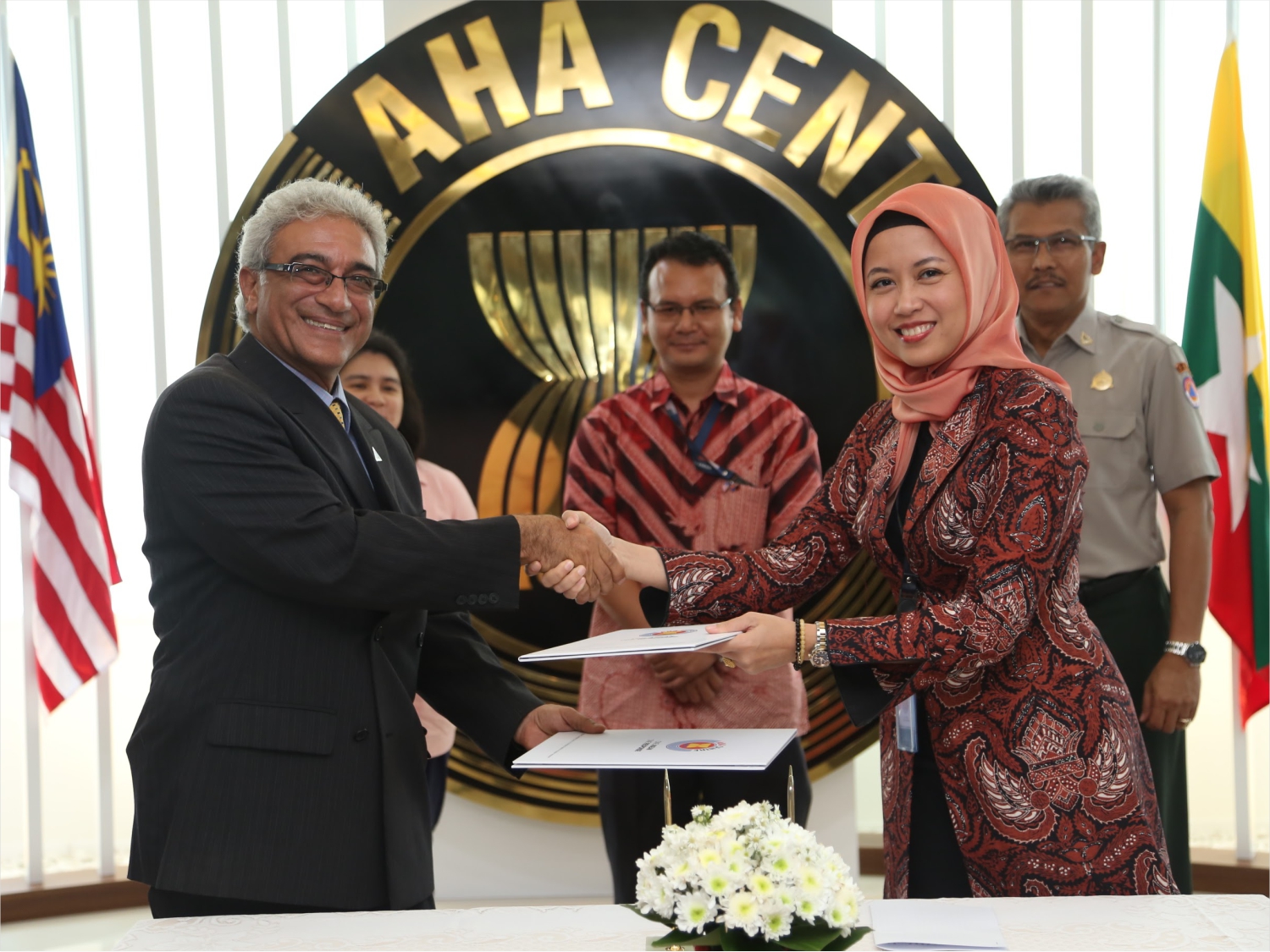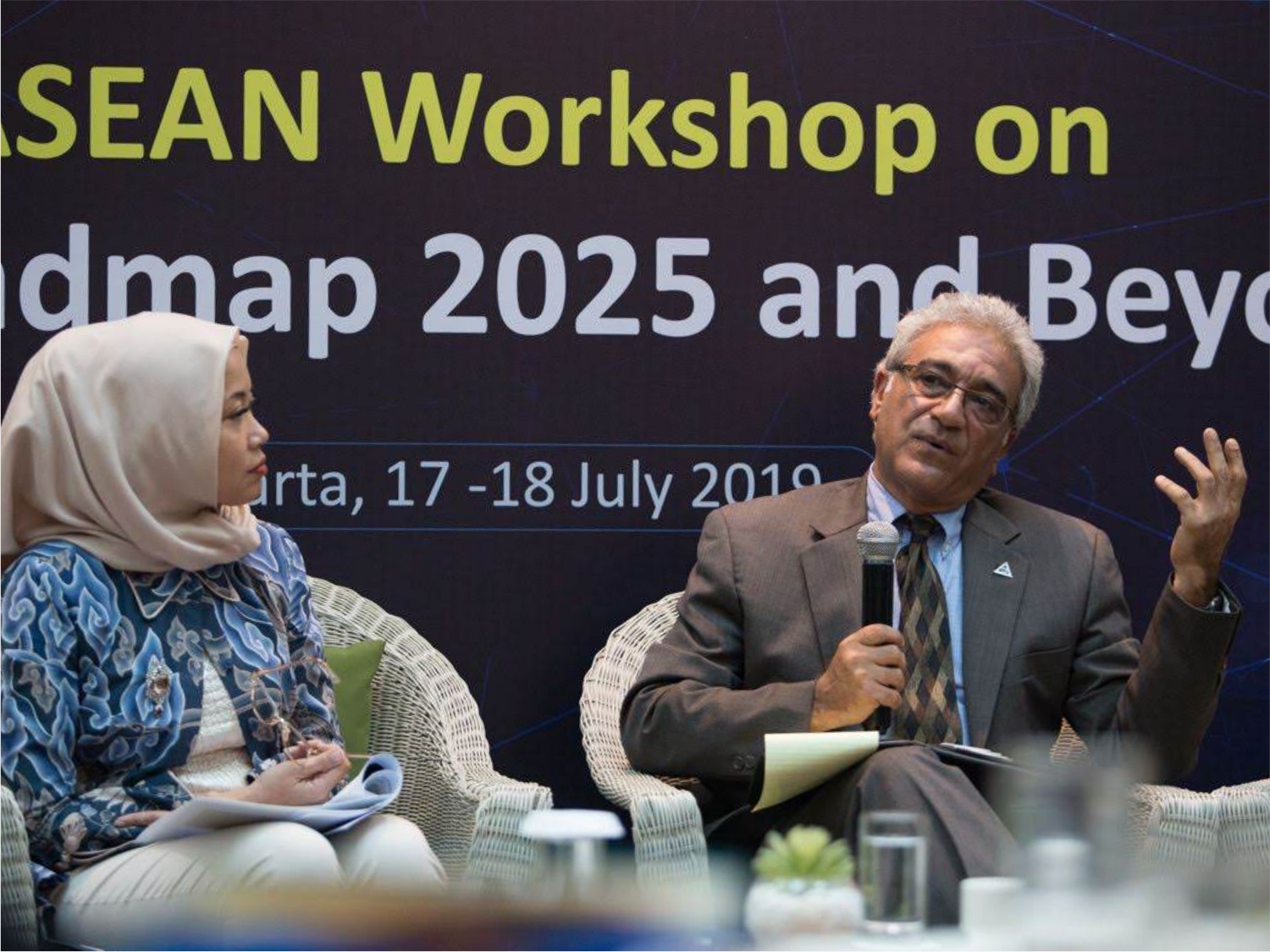
MR RAY SHIRKHODAI
Mr Ray Shirkhodai has spent the last 20 years of his career developing science and technology for disaster reduction. He is currently the Executive Director of the Pacific Disaster Center (PDC) – a global science and technology centre for disaster risk reduction and intelligence managed by the University of Hawaii – and a steady partner of the AHA Centre since its early years. Ray was the primary architect of DisasterAWARE, PDC’s advanced multi-hazard early warning and decision support platform, powering PDC’s mobile and internet applications, as well as AHA Centre’s Disaster Monitoring and Response System (DMRS). Ray has also led PDC’s support of major international disaster relief operations both at home and abroad. With a background in Artificial Intelligence and Computer Science, he has been at the forefront of disaster-related technology since joining the PDC in 2002, and after a career in software engineering dating back to the 1980’s.
Originally serving as Chief Information Officer (CIO,) and then Chief Operating Officer (COO), Ray became the Executive Director of PDC in 2007, by which time he had already began his engagement with disaster management in the ASEAN region. He remembers those early days, including the 2004 launch of the ASEAN Regional Programme on Disaster Management (ARPDM), when pledging PDC’s partnership to the regional disaster risk reduction (DRR) efforts. “My personal engagements with ASEAN have included direct involvement with the 10-member NDMO ICT Gap analysis, establishing the Disaster Information Sharing and Communications Network (DISCNet), the first AADMER Strategic Work Programme 2010-2015, Interim AHA Centre ICT Gap Analysis and proposed position staffing, and of course, DMRS deployments, just to name few,” Ray said.
Ray also highlights partnerships with individual nations as important, citing PDC collaborations and agreements as an integral part of the overall regional approach. “We’ve had decade-long partnerships in DRR with many of the Member States, including DisasterAWARE deployments in Thailand (2006-2008), Viet Nam (2012-2017), Indonesia (2014-2019), along with other risk assessments and DRR-related engagements with those Member States as well as with Myanmar and the Philippines. We’ve also collaborated very closely with Singapore to deliver various trainings, and build DRR capacity.”
He also highlights current ongoing programmes with ASEAN, including enhancing DMRS and Information Communication Technology (ICT) adoption and DRR application usage in the region, working both directly with Member States, as well as with ASEAN through the ASEAN Committee on Disaster Management (ACDM) and the AHA Centre.
Ray also has a lot to say regarding the impressive advances he has seen in the ASEAN region – both within individual Member States and the region as a whole. “ASEAN and its Member States have made significant individual (national) and collective (regional) strides in information technology adoptions related to DRR within a relatively short 15-year timeframe” he said. “The ratification of AADMER, along with strategic development plans have helped the nations and the region to steadily invest in, and improve usage of new technologies for DRR purposes.”
When questioned regarding the importance of ICT for DRR, Ray is strong and passionate in response.
“Technology can help us save more lives, faster. I believe that the trends for adoption and utilisation of AI and ICT are destined to accelerate with the commoditisation of ICT and related services brought about by cloud-computing” he said. “It is therefore, most important to invest in the development of DRR applications and content to influence the effectiveness of DRR policies and practices within the region.”
Written : by William Shea : | Photo : AHA Centre



